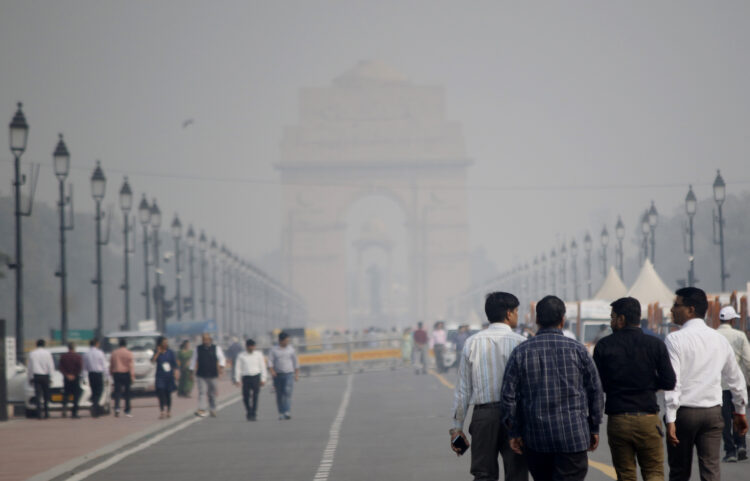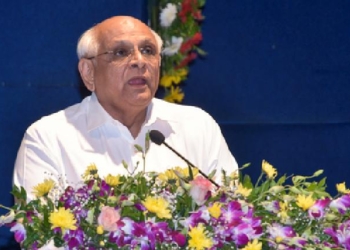New Delhi: An analysis by the Delhi Pollution Control Committee (DPCC) has revealed a substantial rise in fine particulate matter on Diwali, with a 45 per cent increase in PM2.5 and a 33 per cent increase in PM10, compared to the previous year.
The DPCC’s report emphasised that nearly all air quality monitoring stations in the national Capital recorded heightened pollution levels on this Diwali in comparison to the previous year.
The air quality of the city on Sunday witnessed a notable 33 per cent overall increase in the average concentration of PM10 in 2023 as compared to 2022. Conversely, there was a substantial 42 per cent reduction in the city’s average PM10 concentration in 2023 compared to the levels observed in 2021.
Similarly, the city experienced a significant 45 per cent overall increase in the average concentration of PM2.5 in 2023 compared to the previous year. In contrast, there was a noteworthy 48 per cent reduction in the city’s average PM2.5 concentration in 2023 when compared to the levels recorded in 2021.
On Diwali, Delhi’s 24-hour average PM10 concentration surged to 430 micrograms per cubic metre, up from 322 micrograms per cubic metre the prior year. It was 748 micrograms per cubic metre in 2021.
The 24-hour average PM2.5 concentration reached 314 micrograms per cubic metre, compared to 217 micrograms per cubic metre last year. It was 607 micrograms per cubic metre in 2021.
“All the gaseous pollutants i.e. ammonia, SO2, NO2, CO, O3 & Benzene were found to be within the prescribed standard of National Ambient Air Quality Standard (NAAQS),” stated the report.
As per the DPCC data, with a few exceptions, all locations experienced an increase in PM10 and PM2.5 concentration in 2023 as compared to 2022.
The DPCC further predicted that the air quality is likely to deteriorate further and will reach in the ‘very poor’ category by the end of the day on Monday.
The air quality is likely to reach the ‘severe’ category from November 14 to 15.
The outlook for the next six days is bleak and the air quality is likely to remain in the ‘severe’ to ‘very poor’ category.
(IANS)
















